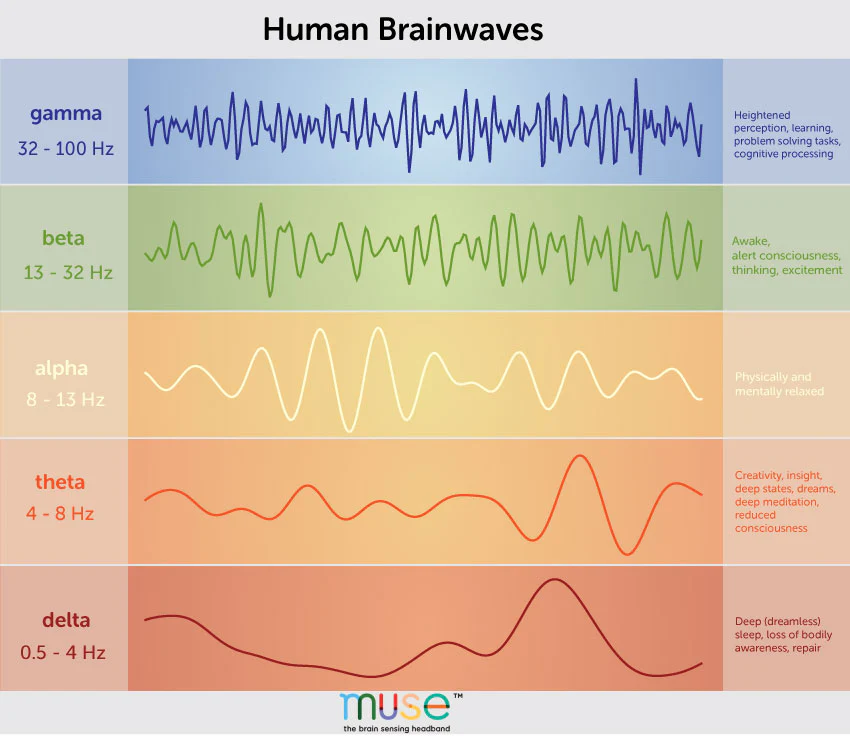Mindfulness and Meditation
Written by Clinical Counselor Heather Aberle, MA, LPC
Sep 20, 2024
Can mindfulness or meditation really change your life?
The answer is it really depends! In order for either to be effective it takes finding what works well for you, practice, and consistency. Fortunately, there are many, many options to explore for both meditation and mindfulness.
First, what are mindfulness and meditation, how do they differ?
Mindfulness is being grounded in the present moment which means being tuned in and paying attention to what’s happening right now: being aware of and paying attention only to the current surroundings, thoughts, feelings, sensations, and sounds without any judgment or analysis. This can be meditative and can help facilitate meditative practices but doesn’t require setting aside specific time to meditate. Mindfulness can be done throughout your day wherever you are and whatever you’re doing.
Meditation typically involves setting aside specific time to engage in practices to slow down your thoughts and clear your mind. The length of time for meditation practices can vary, some people do a few minutes while others may spend hours. Practices of meditation also vary greatly. Some people focus on their breath, others notice their thoughts and set them aside, others use a mantra or a chant, while others listen to music or use guided meditation.
Mindfulness and meditation help slow down your brain waves and create more calm and more peace in your life. Most of us—especially while in class or at work—are in a beta or low beta brain wave state where we’re present, alert, interested (hopefully), paying attention and responding to what is actually happening in front of us. However, if anything happens and causes stress to increase like active problem solving or intense concentration like taking an exam, conflict with friends, partners, or co-workers, or anything else that requires more intense focus, brain waves will increase into a high beta or gamma wave state. The higher the stress, the higher the brain wave pattern. It’s absolutely normal and natural to go in and out of higher stress states. The problem is that the world we live in activates a lot of stress (between classes, social media, relationships, work, homework, navigating a busy city, etc.) without a lot of calming or recovery time, so most of us spend a lot more time in higher stress states and therefore higher frequency brain wave states.
In order to consolidate what we’re learning and what’s happening in our lives, and in order to rest, relax, rejuvenate and recover before facing the stressful world again, we need to slow down our brain waves into an alpha state. An alpha state is where more calm, relaxed learning and information consolidation occurs. If we can slow our brain waves enough, we ultimately enter into theta and delta waves where we get to sleep and truly recover.

So how do you do it?
A simple mindfulness practice is called “The Five Senses Check In.” To do this, stop whatever else you’re doing, take a breath that’s a little slower and deeper than normal and then notice something from each of your five senses around you- sight, touch, hearing, smell, and taste. You can repeat this as much as you’d like, or notice a few things from each sense.
You can also do mindful breathing techniques (there are many)! One example is a “Box Breath” where you take a breath in to a count of 4-5, hold full for a count of 4-5, exhale for a count of 4-5, and hold empty for a count of 4-5 and repeat. Something like this could also be done with music like Solfeggio Frequencies (found for free on Spotify or YouTube, here’s all nine frequencies) or the frequencies or other music can be listened to or focused on by itself. Additionally, on some sound machine apps (like the free app White Noise Lite) or on the Calm app you can listen to different “colors” of sound like green, pink, or brown noise each of which calm the mind in a different way.
Meditation options?
There are truly countless meditation practices and options, and a quick internet or social media search will yield many choices. Deepak Chopra and Oprah Winfrey have a free 21-day guided meditation series called “Getting Unstuck”. There is “mantra meditation” (more information on a formal version called Transcendental Meditation can be found here) or you may try customizing a simple version of this for yourself by selecting a word you enjoy or find calming or amusing (like bubble or bouffant or peace) and then slow your breathing and repeat this word in your mind. Dr. Joe Dispenza combines neuroscience and quantum physics and offers many guided meditation options that can be found on YouTube or Apple Music and there are many other options available on Spotify, Audible, or Apple Music.
The key is to explore with an open mind, be curious, and try out many different approaches in hopes that you can find something that works for you that you feel you can do with consistency. You can always try new things and even mix them up—you might find a variety of techniques you enjoy which can help to find more calm and peace in your everyday life.